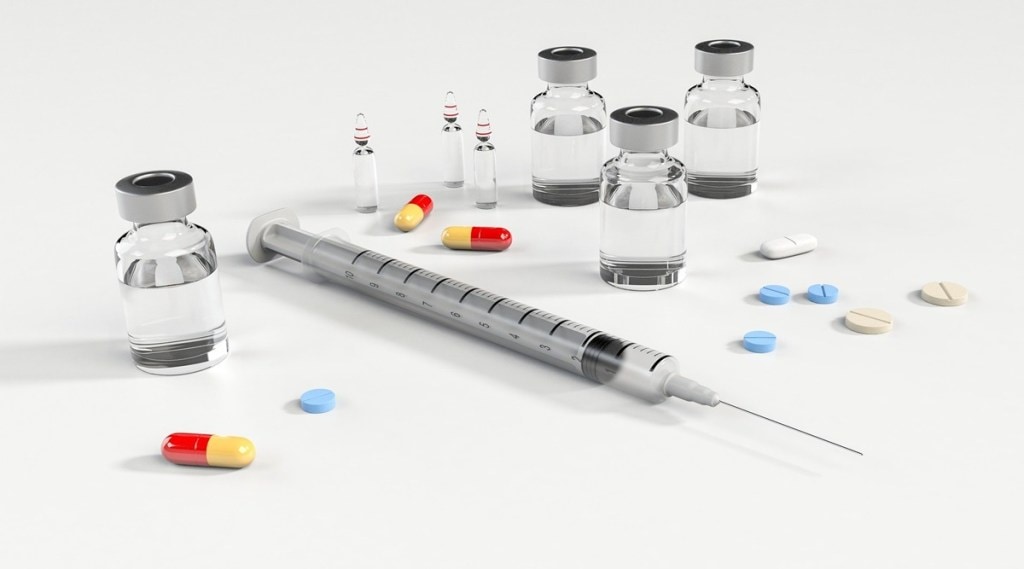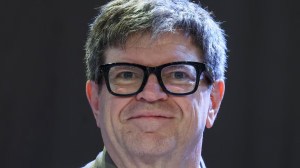By Somenath Chatterjee
Not too long ago, on World Health Day, came a message from Indian Prime Minister Narendra Modi on Twitter, reaffirming the government’s commitment to augment India’s health infrastructure. “The focus is on ensuring good quality and affordable healthcare for our citizens,” said the Prime Minister. Mind you that India is home to the world’s largest healthcare scheme, Ayushman Bharat.
Current Scenario:
It is at this outset, that one must look at the fact that the healthcare industry in India, which comprises hospitals, medical devices, clinical trials, outsourcing, telemedicine, medical tourism, health insurance, and medical equipment, has quickly emerged as one of the largest sectors, in terms of revenue and employment generation. The sector is growing at a tremendous pace, thanks to its strengthening coverage, services, and increasing expenditure by public as well as private players.
The hospital industry in India, which is one of the sub-segments of the sector, currently accounts for 80 per cent of the total healthcare market and is witnessing a huge investor demand from both global as well as domestic investors. The hospital industry is expected to reach $132 billion by the end of the year from $61.8 billion in 2017, growing at a CAGR of 16-17 per cent. There are as many as 40 Joint Commission International (JCI) accredited hospitals, and more than 1600 National Accreditation Board for Hospitals & Healthcare Providers (NABH). That’s not all. India also offers the largest pool of doctors and paramedics with high-quality medical training received globally, along with fluency in English.
Investors’ Perspectives:
It, therefore, does not require any rocket science to understand why the healthcare sector, in general, and hospitals, in particular, had turned out to be preferred destinations for investors of varied sizes, magnitude, character and composition. However, recently, a new healthcare investment landscape has emerged marked by fewer deals, slower investment pace, smaller check sizes and more scrutinous investors. Nevertheless, there are more reasons than one for optimism. It is pertinent to mention here that healthcare investing requires a multifaceted approach to understand the underlying drivers. Investors can profit from investments in both the overall sector and/or its industries. This article will detail the differences among the various healthcare industries and which metrics investors should follow before making an investment. Generally, the need for PE investments arises due to the hospitals being cash starved.
Prominent Investments:
Consider what a recent report by ICRA points out. It suggests that there has been a strong demand for healthcare services in the Indian hospital sector and that organized companies have continued to increase market share. According to the ICRA report, private equity investments in the Indian healthcare sector have increased, totaling over Rs 27,000 crore in the past two years. The top transactions include investments in Manipal Hospitals, Sahyadri Hospitals, ASG Eye Hospital, and Maxivision Eye Hospital. Temasek made a 16,400-crore rupee investment to gain control of Manipal Health. Nearly Rs 4,000 crore has been invested in these institutions in the past several months, the eyecare sector has attracted the attention of PE investors. General Atlantic and Kedara invested Rs 1,500 crore in the ASG Hospital, while Quadria Capital invested Rs 1,300 crore in Maxivision Eye Hospital and Rs 1,050 crore in Dr Agarwal’s Healthcare. For $ 65 million (Rs 540 crore), Kedara Capital purchased the Olivia skin and hair clinic from Sreyas Holistic Remedies. Tata Capital Healthcare Fund provided $10 million (Rs 83 crore) in Series A funding to Mumbai Oncocare Centre, a chain of cancer daycare facilities and a division of Cellcure Cancer Centre.
Valuations & Successful Exits:
There have been instances of successful exits as well. Existing PE participants have also made departures with sizable profits. With the Ontario Teachers’ Pension Plan Board (Ontario Teachers’) investing, Everstone Group left Sahyadri Hospitals. The largest hospital chain in Maharashtra, Sahyadri, was acquired by Ontario Teachers for between Rs 2,500 and Rs 2,700 crore, giving them a controlling share in the company. Ontario Teachers would invest another Rs 750 crore in the Sahyadri Hospitals network. One must remember here that the rightsizing of valuations is leading to more sustainable, long-term growth and profitability targets. Venture fundraising rebounded, with investors sitting on record capital for the right-sized investment into the healthcare innovation economy.
Fundraisings & Positive Impacts:
For the record, fundraising in H1’23 accelerated slightly after a relatively slow H2’22, hitting $6.8 billion in Q1’23 and $6.9 billion in Q2’23. This uptick is driven by expectations for lowering Fed interest rates, a resetting of valuations and very early signs of a rebounding stock market. There is still an unprecedented amount of healthcare-dedicated venture capital to be deployed to top companies at rational, investor-driven valuations.
Over the last two years, Indian hospitals have experienced an unprecedented influx of investment, attracting a colossal sum of Rs 27,000 crore (approximately $3.6 billion). These investments, coming from a mix of domestic and foreign sources, including private equity, venture capital, and public funding, have not only altered the financial landscape of healthcare in India but are also shaping the future of medical services and infrastructure in the nation. This has also enabled the expansion and modernization of existing healthcare facilities, new state-of-the-art hospitals, and a greater reach of medical services into rural and underserved areas.
The Way Forward:
And now with a substantial revenue increase of 8–10 per cent predicted for FY24 and an operating profit margin of about 22–23 per cent, the Indian hospital sector is in excellent shape to lure in further investments. In the hospital segment, for instance, the expansion of private players to Tier 2 and Tier 3 locations, beyond metropolitan cities, offers an attractive investment opportunity. India also has the opportunity to boost domestic manufacturing of pharmaceuticals, supported by the recent PLI schemes, alongside offering investment avenues in segments like contract manufacturing and research, over-the-counter drugs, and vaccines. India is also a land of opportunities for players in the medical devices industry, with tremendous opportunities for the expansion of diagnostic and pathology centres as well as miniaturized diagnostics.
The overall healthcare sector has received heightened interest from investors recently. There are nearly 600 investment opportunities worth $32 Billion (Rs 2.3 Lakh Crore) in the country’s hospital/medical infrastructure sub-sector.
Investors have started to recognize the potential of the Indian healthcare market, driven by factors such as a large and ageing population, increasing prevalence of lifestyle diseases, growing awareness about health and wellness, and the government’s intensified focus on healthcare through schemes like Ayushman Bharat.
A recent report published by the Harvard School of Public Health found that India spends nearly $40 per person annually on healthcare while the United States spends close to $8,500. Nothing can possibly indicate the scope of growth and investment prospects in Indian healthcare, particularly the hospitals sector, better!
(The author is Co-Founder, Versatile Healthcare Advisory LLP, Member of NATHEALTH. Views expressed are personal and do not reflect the official position or policy of the FinancialExpress.com.)







